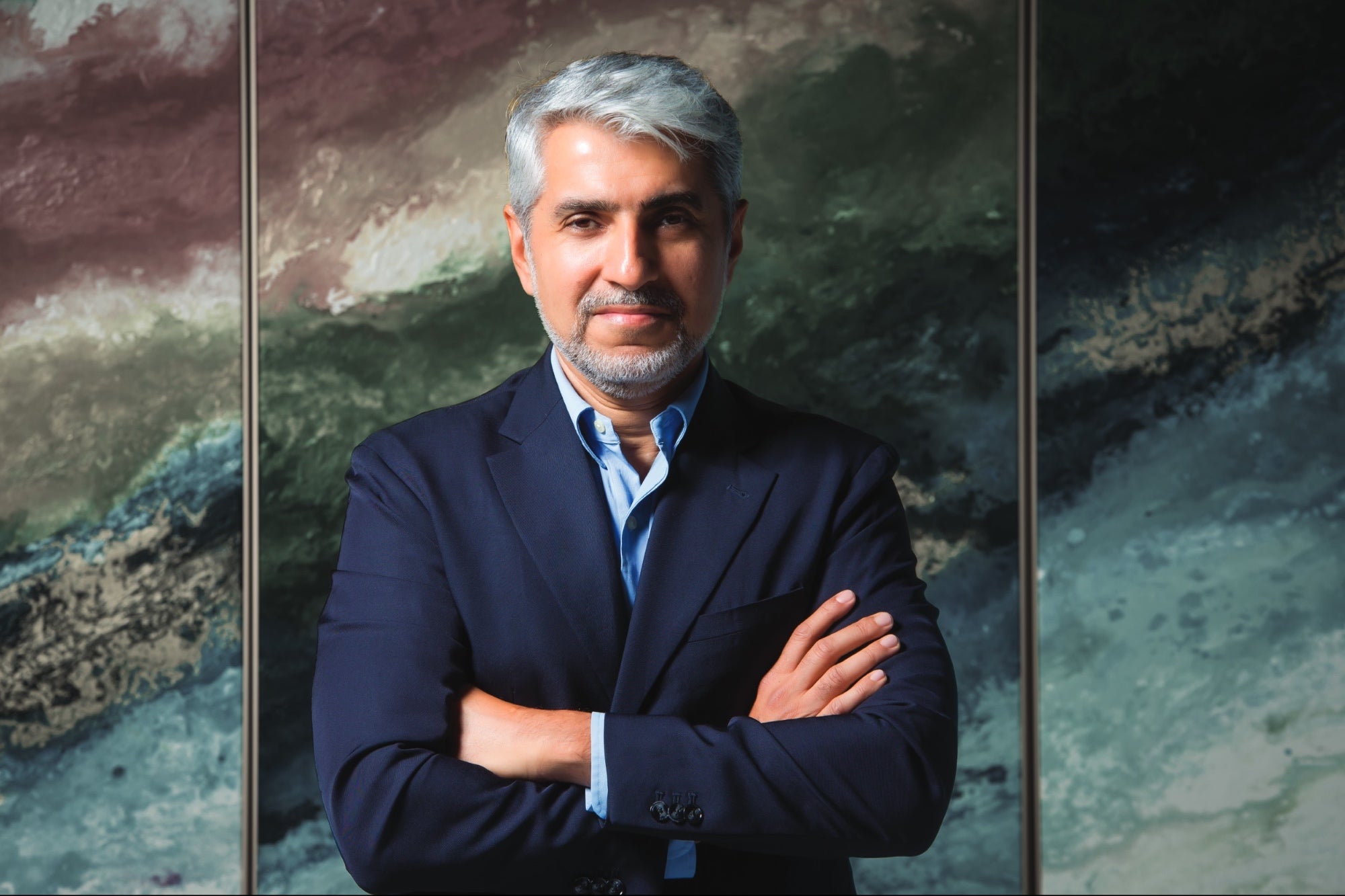The Rise of NeoBanks in the Middle East The appeal of neobanks lies in their customer-centricity and lean operating models.
Opinions expressed by Entrepreneur contributors are their own.
You're reading Entrepreneur Middle East, an international franchise of Entrepreneur Media.

Neobanks, digital-only banking platforms without physical branches, are reshaping the global banking landscape. With the neobanking market expected to soar to US $3.3 trillion by 2032, growing at an annual rate of 47.3%, these platforms are catering to today's fast-paced, tech-savvy consumers by offering 24/7 seamless banking at reduced costs.
Why Neobanks Work
The appeal of neobanks lies in their customer-centricity and lean operating models. By cutting the overhead costs of branches and staff, these digital banks funnel resources into tech innovations, enabling lower fees, faster services, and broader market reach.
Moreover, as trust in traditional banks waned post-2008 financial crisis and events like the 2023 Silicon Valley Bank collapse, neobanks emerged as a simpler, more transparent alternative. The COVID-19 pandemic further accelerated their growth, with widespread smartphone adoption and a shift to digital lifestyles.
The Global Picture
In 2024, the global neobanking market reached US $198 billion, with Europe leading at 38% market share. Two standout examples are Brazil's Nubank, valued at US $56.4 billion, and the UK's Revolut, valued at US $45 billion. Revolut has raised US $2 billion, serves 45 million customers globally, and achieved unicorn status in just three years. Its competitor Monzo, with 8.5 million customers, is valued at US $5.9 billion. Revolut and Monzo showcase how neobanks can leverage significant funding to fuel innovation and expansion while maintaining strong valuations as they continue to redefine the banking sector. NuBank is a special case of a neobank that has managed to grow very quickly to reach profitability with a successful IPO under its belt.
NeoBanks in the Middle East
Despite their success, neobanks complement rather than replace traditional banks. Many neobanks operate under licenses from conventional banks or emerge as their spinouts, particularly in regions like the Middle East.
While Europe leads the way in neobanking adoption, the Middle East is emerging as a promising region with unique market dynamics and key players shaping the landscape. Like the rest of the world, the digital banking sector in the Middle East has seen fast growth rates, with some reports indicating a 52% increase between 2021 and mid-2023. As suggested earlier, unlike what you find in the UK, where neobanks are typically independent entities - in the Middle East and Africa region, traditional banks have taken the lead in establishing many of the prominent neobanks in the market themselves.
Fintech adoption across the GCC markets in particular is quite high, due to its young, digitally savvy population and supportive regulatory environments. Countries like the UAE and Saudi Arabia lead the way by issuing licenses to digital-only banks like Zand, Wio and D360 Bank. In the UAE, one of the leading neobank markets in the Middle East, a 2022 survey by Finder revealed that one in five adults had a neobank account. Over 40% of the country's banking population is projected to have a neobank account by 2027.
Neobanks are increasingly coming online with customized financial products and services to cater to specific niche customer segments. The unbanked or low-income, mobile-first customer is one such segment, where products such as microloans, instant mobile payments and remittances are offered. This trend of identifying distinct consumer groups and building out a bank specifically to meet their needs is likely to continue.
Neobanks are not just a trend—they're a transformative force redefining how banking is done. In the Middle East, where innovation meets tradition, these digital-first platforms are carving out a significant space in the financial sector, addressing the unique needs of diverse customer segments. As they continue to evolve, collaborate, and innovate, neobanks are poised to complement traditional banks, providing consumers with more accessible, tailored, and convenient financial solutions. The future of banking is digital, and the Middle East is firmly on the path to becoming a global hub for this revolution.
Explore the transformative trends shaping the Middle East's Fintech sector. Read or download your copy of "The State of Fintech in the Middle East" now.
This article was originally published on Lucidity Insights, a partner of Entrepreneur Middle East in developing special reports on the Middle East and Africa's tech and entrepreneurial ecosystems.










